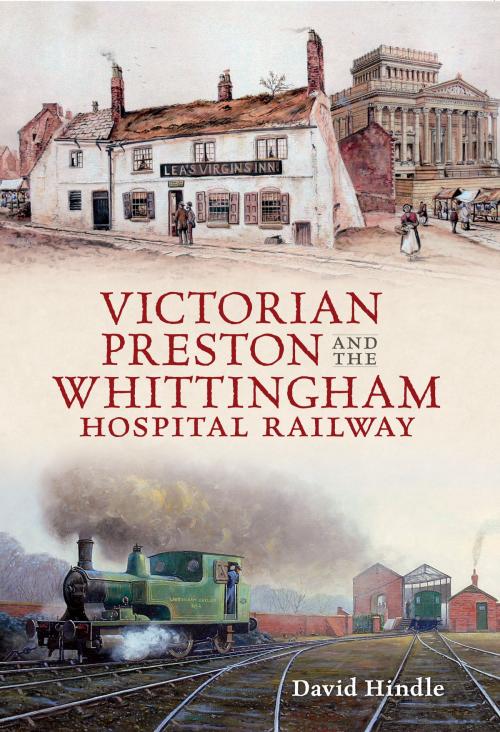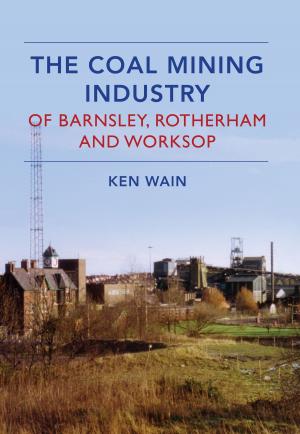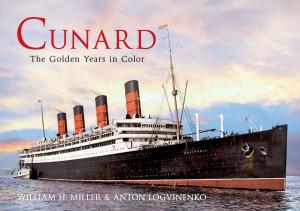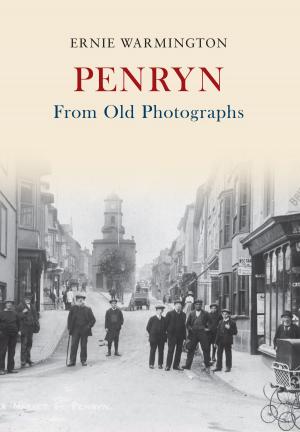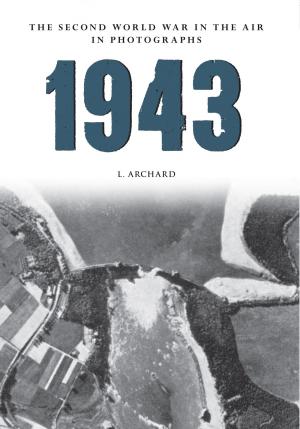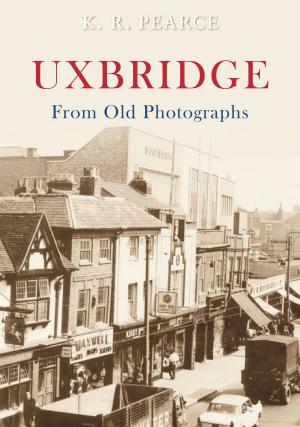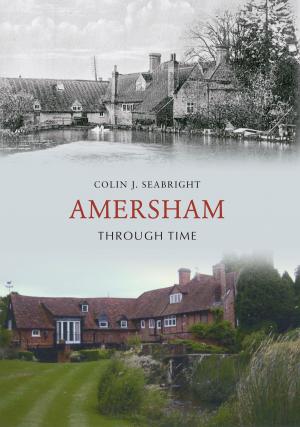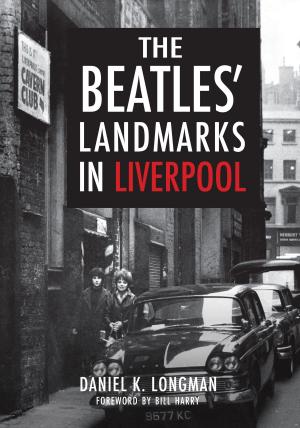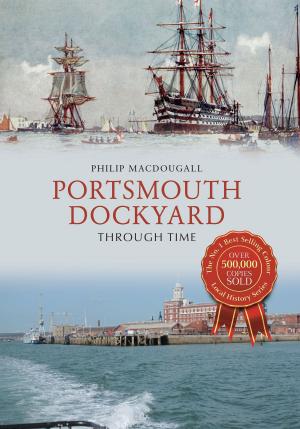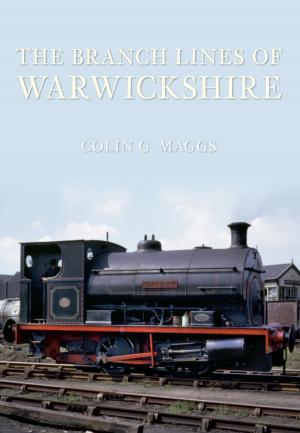Victorian Preston & the Whittingham Hospital Railway
Nonfiction, Reference & Language, Transportation, Railroads| Author: | David John Hindle | ISBN: | 9781445624327 |
| Publisher: | Amberley Publishing | Publication: | September 15, 2012 |
| Imprint: | Amberley Publishing | Language: | English |
| Author: | David John Hindle |
| ISBN: | 9781445624327 |
| Publisher: | Amberley Publishing |
| Publication: | September 15, 2012 |
| Imprint: | Amberley Publishing |
| Language: | English |
In commemoration of Preston Guild 2012, David Hindle takes a journey into history to explore the social, cultural and economic background to Preston during the Industrial Revolution, primarily to see if life in Preston then lived up to the affectionate claim to be the 'good old days' and at the same time takes a nostalgic look at the foundations of the music hall industry. Charles Dickens visited Preston at the beginning of the infamous cotton famine in 1861. As usual Dickens's literary eye was focused on 'the underdog' and the 'hard times' that they had to endure during the so-called good old days. David Hindle's extensive research suggests that the level of squalor, prostitution, pauperism and unwanted pregnancies contributed to poor health and the need for the penniless and mentally ill to be fully institutionalised in the established workhouse or the new asylums such as Whittingham, which was served by its own private railway. The Whittingham Hospital Railway (WHR), known colloquially as the nurses' special, was primarily intended for hospital staff working shifts and residing in Preston and the surrounding villages of Grimsargh, Longridge, Chipping and Ribchester. The railway was constructed between 1887 and 1889 as a mineral line to convey coal and provisions to the new Whittingham Hospital, linking the hospital with the joint London & North Western and Lancashire & Yorkshire's Preston to Longridge branch line at Grimsargh. Passengers soon followed and private stations were built at either end of the almost two-mile long (8,560 feet), standard gauge line at Whittingham and Grimsargh. This book is an altogether fascinating insight into the social history of Preston linked with a Victorian anachronism, 'The Whittingham Hospital Railway.'
In commemoration of Preston Guild 2012, David Hindle takes a journey into history to explore the social, cultural and economic background to Preston during the Industrial Revolution, primarily to see if life in Preston then lived up to the affectionate claim to be the 'good old days' and at the same time takes a nostalgic look at the foundations of the music hall industry. Charles Dickens visited Preston at the beginning of the infamous cotton famine in 1861. As usual Dickens's literary eye was focused on 'the underdog' and the 'hard times' that they had to endure during the so-called good old days. David Hindle's extensive research suggests that the level of squalor, prostitution, pauperism and unwanted pregnancies contributed to poor health and the need for the penniless and mentally ill to be fully institutionalised in the established workhouse or the new asylums such as Whittingham, which was served by its own private railway. The Whittingham Hospital Railway (WHR), known colloquially as the nurses' special, was primarily intended for hospital staff working shifts and residing in Preston and the surrounding villages of Grimsargh, Longridge, Chipping and Ribchester. The railway was constructed between 1887 and 1889 as a mineral line to convey coal and provisions to the new Whittingham Hospital, linking the hospital with the joint London & North Western and Lancashire & Yorkshire's Preston to Longridge branch line at Grimsargh. Passengers soon followed and private stations were built at either end of the almost two-mile long (8,560 feet), standard gauge line at Whittingham and Grimsargh. This book is an altogether fascinating insight into the social history of Preston linked with a Victorian anachronism, 'The Whittingham Hospital Railway.'
